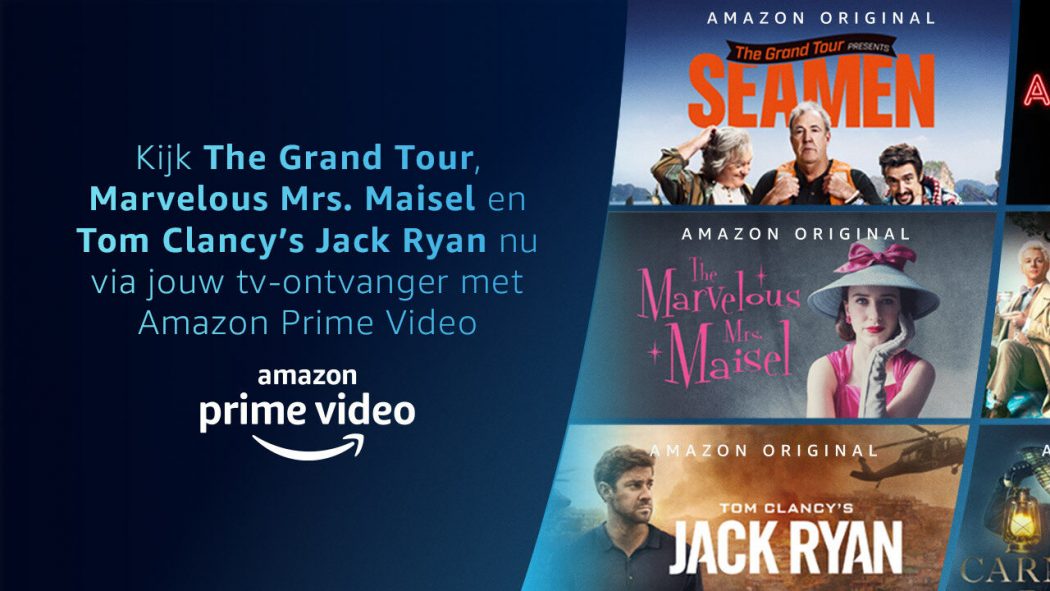Achieving Equilibrium: The Digital Platform Goldrush
New-age media services offer features such as multi-screen access, interactivity, and video-on-demand (VoD). But above all that, they have empowered consumers with something they’ve
always prized: choice.
The bidirectionality of digital platforms has been key to elevating consumer choice.
Through the exchange of data, digital native media companies can draw deeper insights into consumer’s choices. While companies can leverage multiple touchpoints to collect data, one of the effective ways to achieve this by getting the users to create an account with them on their platform. Many platforms incentivize the account creation process with free trials or early access to new content in exchange for user information and usage data.
In most cases, the platforms leverage technologies like artificial intelligence (AI) to personalize services through a comprehensive analysis of the viewer’s actions and choices within the platform. This informs user-driven content taxonomy and genre definitions, semantic-driven recommendations, and emotional journey predictions, all of which are key to customer retention. And this is not just about generating custom recommendations. Capturing granular user data enables digital platforms to also upsell services and drive programmatic ad sales.
So, what are traditional broadcasters doing to keep their head above the water? It is neither feasible for them to completely eschew their existing processes and infrastructure, nor is it essential. A hybrid business model that sustains both traditional, as well as digital media, could well be a sustainable option in the long run.
Consider the case of an India-based traditional broadcaster, Zee Entertainment Enterprises. They had made their first attempt at launching an OTT service with Ditto TV way back in 2012. At that point, the average internet speeds were comparatively slower, and the concept proved to be way ahead of its time.
They took another stab at it in 2016 with OZEE, an advertisement-based VOD service, but failed to make a mark in a by-then cluttered OTT space. Finally, Zee consolidated both the platforms to offer Zee5 which hosted original content alongside regular linear TV content in 12 languages. This was in tandem with the existing network of 45 linear TV channels offered by Zee.
The Era of Consolidation in Digital Media
Having a repository of quality content as well as production capabilities are the most important considerations for primary production studios and content-right holders. Additionally, having a robust digital distribution infrastructure, wide customer reach and the capability to deliver a seamless user experience like tech giants, ultimately dictates a media platforms profitability and ability to garner user satisfaction.
Other similar examples exist where a larger content production company has acquired cable networks (Disney’s acquisition of Fox-Star studios). That being said, established organizations across sectors like Media, Telecom and Technology are increasingly joining forces to form a cohesive unit that is OTT-ready. Take the AT&T-Time Warner merger as an example where a Telco leveraged its existing network to partner with Warner Media, a production house. Other similar examples exist where a larger content production company has acquired cable networks (Disney’s acquisition of Fox-Star studios).
Major cloud service providers like Amazon (Prime Video) and Google (YouTube) have already made their marks. It is further reported that Microsoft will leverage its Azure cloud platform to team up with the NBA and create a direct-to-consumer streaming platform with personalized game broadcasts.
Navigating the Dynamics of a Digital Shift
A shift to digital must be smart and strategic to be successful. Given the two distinct forms of Internet networks (IPTV and OTT), there are quite a few things traditional broadcasters should consider while testing the waters of digital media.
Setting Up Infrastructure
This can be achieved through IP-based contribution and distribution models. By converting the feed to IP, the broadcast can be carried over to the production center from any remote location over the internet. With mild compression, it becomes possible to deliver multiple parallel feeds.
This model removes the remote-broadcast constraints of legacy contribution circuits that earlier, were limited to a single circuit of contribution and added a significant cost. Broadcasters also often provide simultaneous feeds to the remote location. This can be achieved with greater ease on networked fiber.
For instance, France Télécom (FT) gained 200,000 IPTV subscribers within three years of launch along with its traditional linear cable channels. Buoyed by the success, they were able to offer more than 200 premium channels along with partnering with other media groups to offer premium content.
The use of web-scale suppliers for hosting the content and the delivery over IP . However, adding digital offerings means additional pressure on bandwidth. And to address extensive bandwidth requirements, broadcasters must look towards innovative technology.


